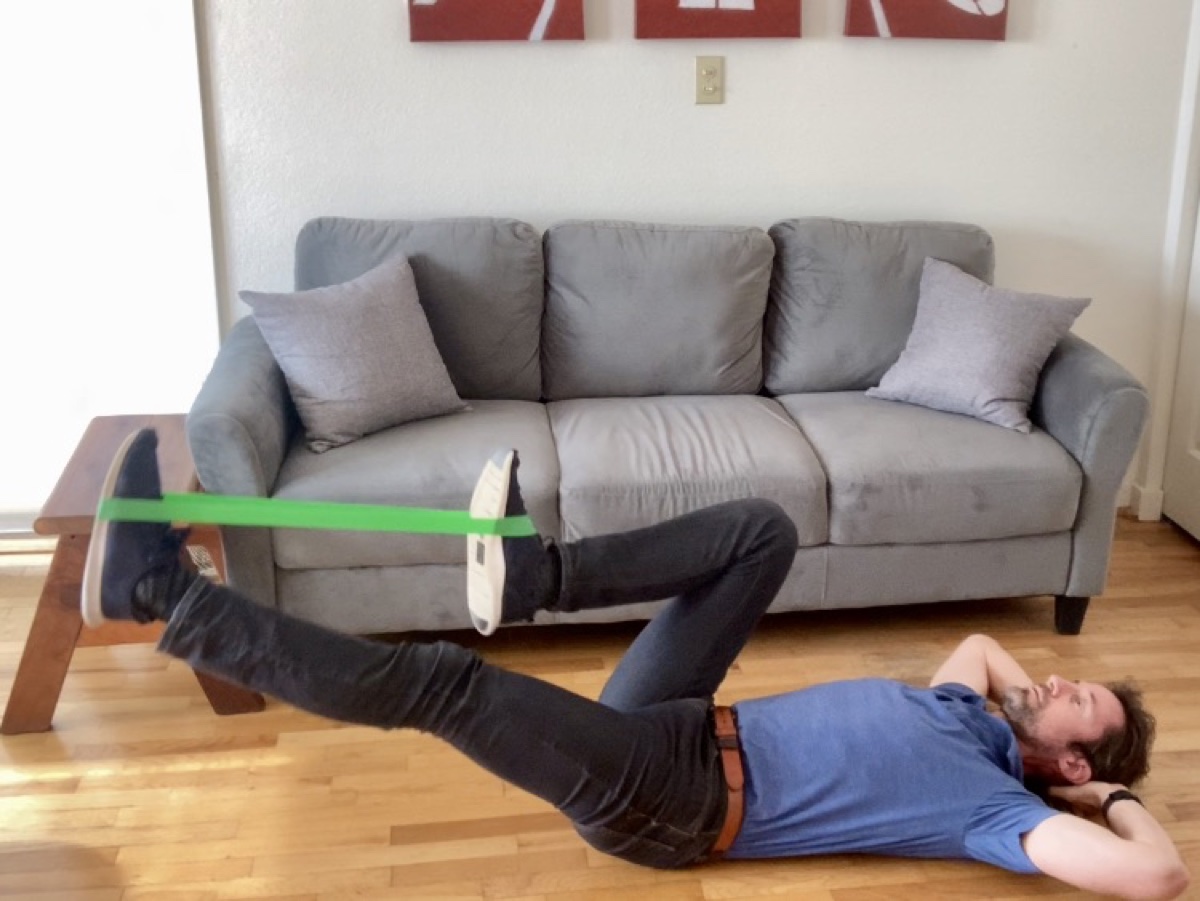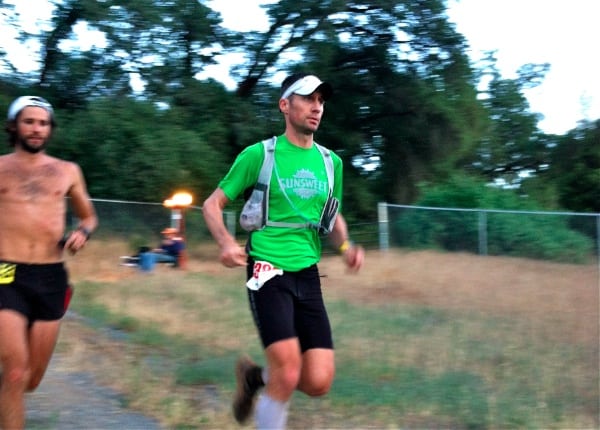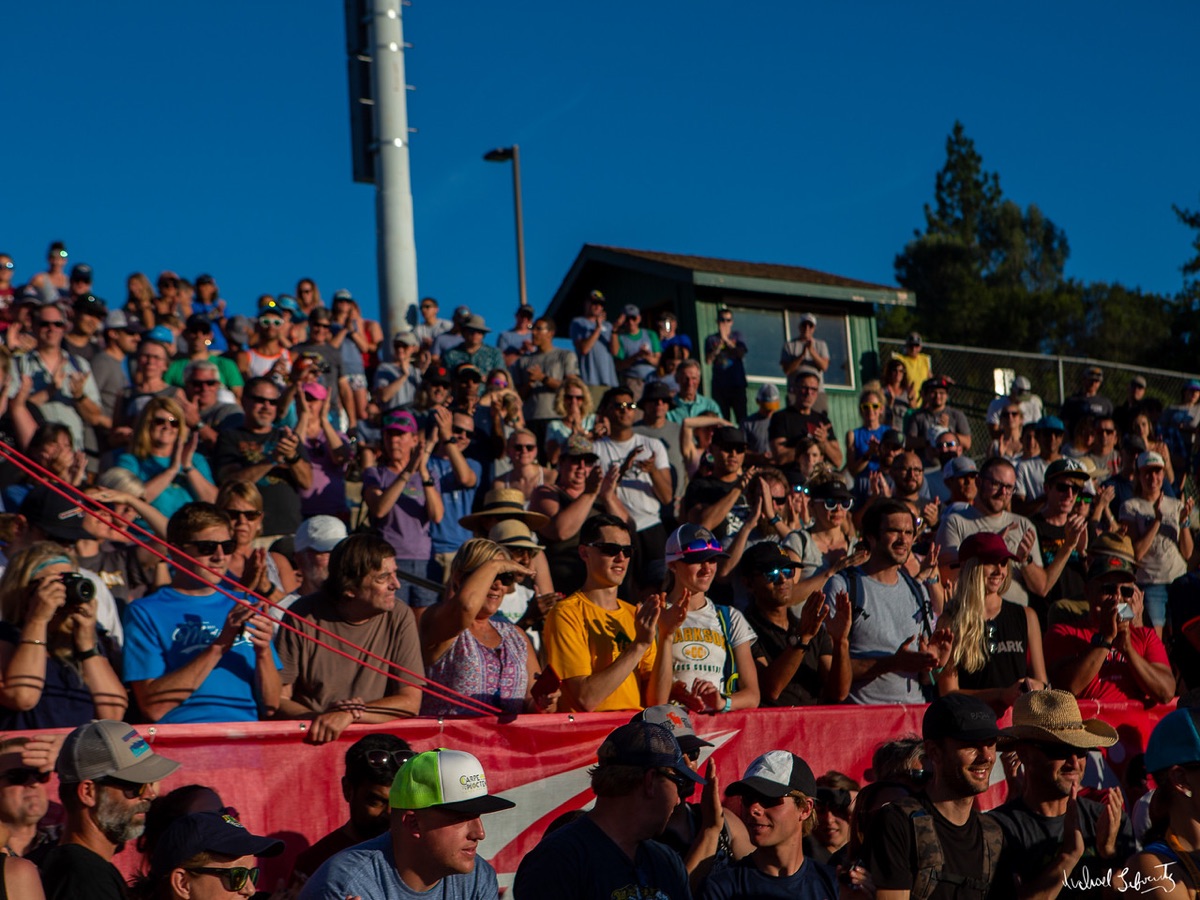 I spent a recent weekend with a grade-school friend. He and I both joined cross country midway through high school, ostensibly because we thought we might be good at it, though our other motivation was that the co-ed team included girls!
I spent a recent weekend with a grade-school friend. He and I both joined cross country midway through high school, ostensibly because we thought we might be good at it, though our other motivation was that the co-ed team included girls!
Despite now being firmly in our mid-forties and with plenty of other life experiences, we often return to memories of those days. Usually our recollections center on goofing off and our epic, even for high school, running.
But increasingly as my professional career centers around running, I sometimes think about performance. This past weekend, I found myself saying to him, “What if the adult me could coach the kid me?”
That’s a powerful question because, unbeknownst to that incorrigible 17-year-old, I gradually wrapped my professional career around not simply running, but coaching and sports medicine. That cumulative knowledge reaches far beyond the school of hard knocks that experience delivers us all.
There I began to consider the age-old game of wondering, “If I knew then, what I know now, where might I be today?”
How might learning those lessons earlier have improved my running today? What wisdom do I have now that would’ve made my running better in high school, college, my road-marathoning days, and my ultrarunning? Lastly, what key lessons might have made my life of running more sustainable, enjoyable, and faster?
What follows in this article are five pieces of advice I would give to my younger self.
1. Form First: The Importance of Running Stride Efficiency
We were never taught about running form in high school and college. I needed it. My form was abysmal, until one summer – my first in Eugene, Oregon – when I lived across the street from Hayward Field and experienced my first USA Track & Field Championships. Being immersed in that world-class talent had an instant effect on my form.
By trying to look as good as them, I vastly improved my running form. That informed — and was later reinforced by this classic work — my future and current coaching strategy of “look fast, feel fast.”
How we run plays the biggest role in not just performance, but how we feel. With good running form, running would’ve felt better, I would have avoided a lot of aches and pains, and I would’ve been able to train more and race faster throughout the years.

Aleksandr Sorokin less than a minute away from setting a 100k world record at the 2022 Centurion Running Track 100 Mile. Sorokin maintains an upright posture and good running form throughout hours of running. Photo: Steve Ashworth Media
2. Push Iron: The Value of Resistance Training
Through other high-school sports — including football, can you believe I played it as a ninth grader? — I learned to strength train, specifically heavy resistance training using weights.
As a college freshman, before transferring schools to run at the NCAA Division III level, I dove into heavy weight training. It was fun, though I eschewed aggressive leg work because I thought it made running feel heavy. I would not return to it until nearly 20 years later.
Heavy resistance training in foundational running patterns, namely the hip hinge, strengthens the prime and accessory mover muscles: the glutes, hip flexors, quadriceps, hamstrings, and calves. Heavy load application to a well-aligned spine also provides outstanding functional core strengthening and a neuromuscular reinforcement of efficient posture.
A a coach, consistent weight training via Olympic lifts with my Oregon high-school teams a half-decade ago was key to a boys’ state championship and a girls third-place trophy. It both primed their bodies for peak performance and helped prevent injury.
I now strength train five to six days a week, and wish I had done so back then.

The Running Bike Pedal with a resistance band, just one of the strength exercises you can do to enhance your running. Photo courtesy of Joe Uhan.
3. There’s Only One Bucket: The Role of Life Stress
During my senior year of high school, an overuse injury prematurely ended my cross-country season. In track the following spring, I was committed to the best possible season.
I devised a strategy to train extra. In addition to running two or three more miles after practice, I woke up at 4:30 a.m. to cross train before school.
That extra work did not pay off. I performed poorly at our league meet, and by post-season was too burned out to run the mile and two-mile distances. Then, in the 800 meters, I missed qualifying for the sectional round by a few tenths of a second.
My high-school career was over.
It didn’t take me too much hindsight to realize two things. First, I had done too much. I did too many miles, and too much cross training.
The second, more subtle detail is that we only have one “bucket” of function. We possess just one total physiological resource, from which all of life is drawn, which must be refilled.
I later realized that perhaps the more damaging strain wasn’t the extra work, but the lost sleep, as a high schooler waking up at 4:30 a.m. to train before school. I also had a fast-food kitchen job each weekend, where I worked at 5 a.m. every Saturday and 6 a.m. every Sunday. I never got enough sleep.
Another aspect of bucket-filling? Nutrition. As a youngster, I generally ate well. I did not drink alcohol until well into adulthood. Instead, my vice was sugar — an enormous amount of soda. From high school and through collegiate running, I drank one to three liters of soda daily.

Marianne Hogan enjoying pizza and coke at the Courmayeur aid station during the 2022 UTMB. While sugary drinks can be a great source of fuel during a race or long run, they shouldn’t be consumed in great quantities in daily life. Photo: iRunFar/Bryon Powell
What ended my high-level ultrarunning was gut issues. Giardiasis was the major event that not only disrupted digestion but every aspect of my life, including running. But my gut was dysfunctional long before that, dating back to when I first began running.
Thus, it’s worth considering how my running could have been better in those early days, without all that corn syrup, citric acid, and caffeine. Since we now know that a healthy gut microbiome is, like running fitness, the product of years of consistent good habits, I often think about how my running might have been different in my thirties and today with a gut as healthy as it is now.
It all counts. Our life stresses impact our running every bit as much as our training. We are but a single bucket, from which resources are added and subtracted.
4. Just Because You Can, Doesn’t Mean You Should: The Importance of Training and Racing Discipline for Success and Longevity
When a runner becomes fit, running can feel both intoxicatingly good and utterly easy. And since both peak performance and the good-stuff endorphins live in the realm of hard, there is a constant temptation to push the edges of going farther or faster.
But what I have since learned, both personally and in my work with overtrained and chronically injured runners, is not simply that the edge exists. Rather, that we have a finite number of opportunities to touch that edge.
This is a real biological concept covered in depth in resources like Tim Noakes’s “Lore of Running,” with both anecdotal and physiological evidence. It seems even our genes will only let us go to the bottom of the well a finite number of times.
Adult me would coach younger me to avoid that 120-mile, grind-every-day week I ran as a 24-year-old, when everything felt amazing. He’d also prevent younger me from running that 190-mile week five weeks before my third — and now, perhaps final — Western States 100 in 2013.
I did those things. They felt amazing. But in doing so, I missed out on experiences that could have been much more meaningful.

The author amidst his own flow experience at the Highway 49 Crossing on his way to ninth place at the 2012 Western States 100. Photo: iRunFar/Meghan Hicks
5. Running Is Not Medicine: The Proper Role of Running in Our Lives
Health, community, a sense of accomplishment, and self-growth are common and generally healthy reasons to do this challenging yet enamoring sport.
My own early motivations might have begun with transient interests — in both the sport and girls — but underlying all that was my deep, adolescent need to be good at something and to receive praise from others. Being a varsity athlete in high school did that for me.
I gained a great deal of self-worth from the praise others bestowed upon my running performances. As such, my relative worth rose and fell with those performances. This is a tenuous place to function, yet a common one for competitive runners, young and old.

The 2019 Western States 100 fans. The praises of fans or others in our lives can contribute to a runner’s self-worth to an unhealthy degree. Photo: Michael Lebowitz
Beyond that, I marveled at how running made me feel. It helped me process strong thoughts and emotions, for sure. But it also became an avenue to escape from people, situations, and feelings that I didn’t wish to address. Thus, at an early age, I began to routinely chase enhanced self-worth from my performance, while at the same time run away from difficult life situations.
Neither of those strategies improved anything. Thus, running became a sort of medication, not one of healing, but of pain-relieving soothing, whose benefit was only short-lasting and variable. Like many medicines, I adapted both a higher tolerance and increased side effects.
Feeling lonely or anti-social? Go run. Yet, doing so — especially running solo, or in the cloister of the micro-community of my distance-running team — only enhanced those negative feelings.
This pattern persisted into adulthood, as did the need for ongoing performance metrics. While joining the ultrarunning community led to true social inclusion, it also increased my medicative desire to perform well. I abused the medicine.
After big flameouts on major stages, I finally realized that we need positive, generative answers to these two questions: what are you running from, and what are you running toward?
In doing so, one can change running from a self-soothing yet unhealthy medication, into a powerfully motivating, generative tool and conduit toward a better life.
Today, running enhances my life. When I run regularly, far, and fast, I have better energy, focus, and positivity in my personal and professional life. I’m a better medical provider, writer, friend, and family member when I run and exercise my body.
I now use running to enhance, not inhibit, social connection. I make an effort to show up to group runs and activities, even if I feel tired or lack motivation. When I do, I never regret what I receive from and give to these communities. I return home not only a more connected person, but knowing I have contributed to other peoples’ lives.
Today, I ask those two questions of every runner I coach. Had I been able to develop positive answers to those questions in my teens, there’s no telling what great experiences I might have gained.
Planting Trees
This goes for all five pearls of elder wisdom: I’m thankful I carry it today. Even though “the best time to plant a tree was 20 years ago, the second best time is today.”
I hope you all plant some trees today.

Left to right are Timothy Olson, Dave Mackey, Joe Uhan, Dylan Bowman, and Nick Clark at the 2012 Bandera 100k. Photo: iRunFar
Call for Comments
What advice would you give your younger self as regards your running? Is there anything you’d like to go back in time and do differently?
